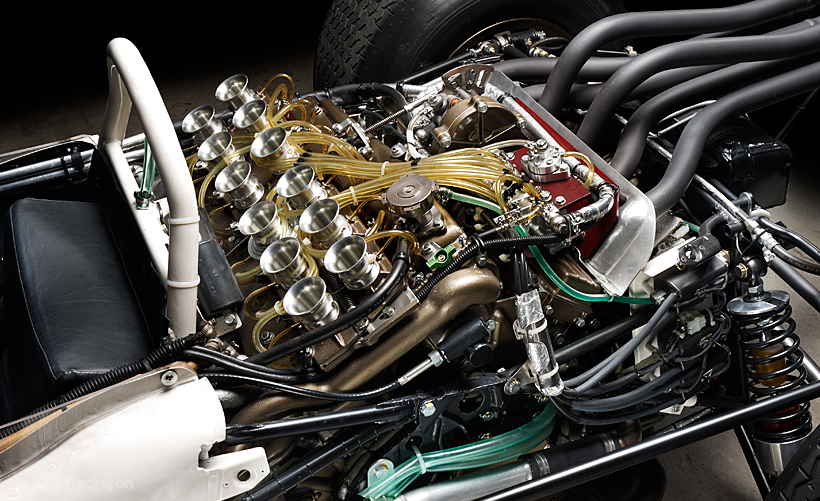Jolle wrote:Now with the V6 engines (as they are shorter then a V8 or V10) I wonder if any team had tried to put the engine upright jet.
I presume that the fast spinning crankshaft is producing such a gyroscopic effect that it prevents the turn-in of the car a bit. If you put the crank upright, you even might need a bit less front downforce and less roll mid corner...
before this thread departs even further from the OP concerning gyroscopic torques (not all torques) ......
the turbo/mgu-h has rather a lot of inertia and rotates parallel to the crankshaft
in either the same sense or in the opposite sense of rotation
so there's 2 major sets of parts developing gyroscopic reaction torques, these may tend to add or cancel
in addition to the issue of which gyroscopic torque direction is favourable and which is not
the motorcycle world should understand that 'their' road wheel rotational inertia is far greater than that of the crankshaft etc
and that some of the roll moment coming from the lean angle is needed to produce the yawing element of cornering
ie the 'gyroscopic' reaction torque of the wheels (and crankshaft) etc 'uses up' around 2-4 deg of lean
Tony Wilson-Jones (of Royal Enfield) presented a (UK) I Mech E Auto Div paper in 1951-2, in part addressing this
http://pad.sagepub.com/content/5/1/191.abstract
PS the engine rotation is dictated by design choices
eg chain primary drive and indirect gear/transmission configuration would give engine rotation opposite to road wheel rotation
this somewhat reduces the algebraic sum total (ie net) gyroscopic reaction
but not the lean angle required to yaw the rotating items, this depends on the arithmetic sum total gyro reaction
because for cornering the lean angle moment must do work to yaw all the rotational inertias, of whatever their rotation sense
it's immaterial to this whether the gyro reaction torques to the yaw are in the same sense or not
...... I think

